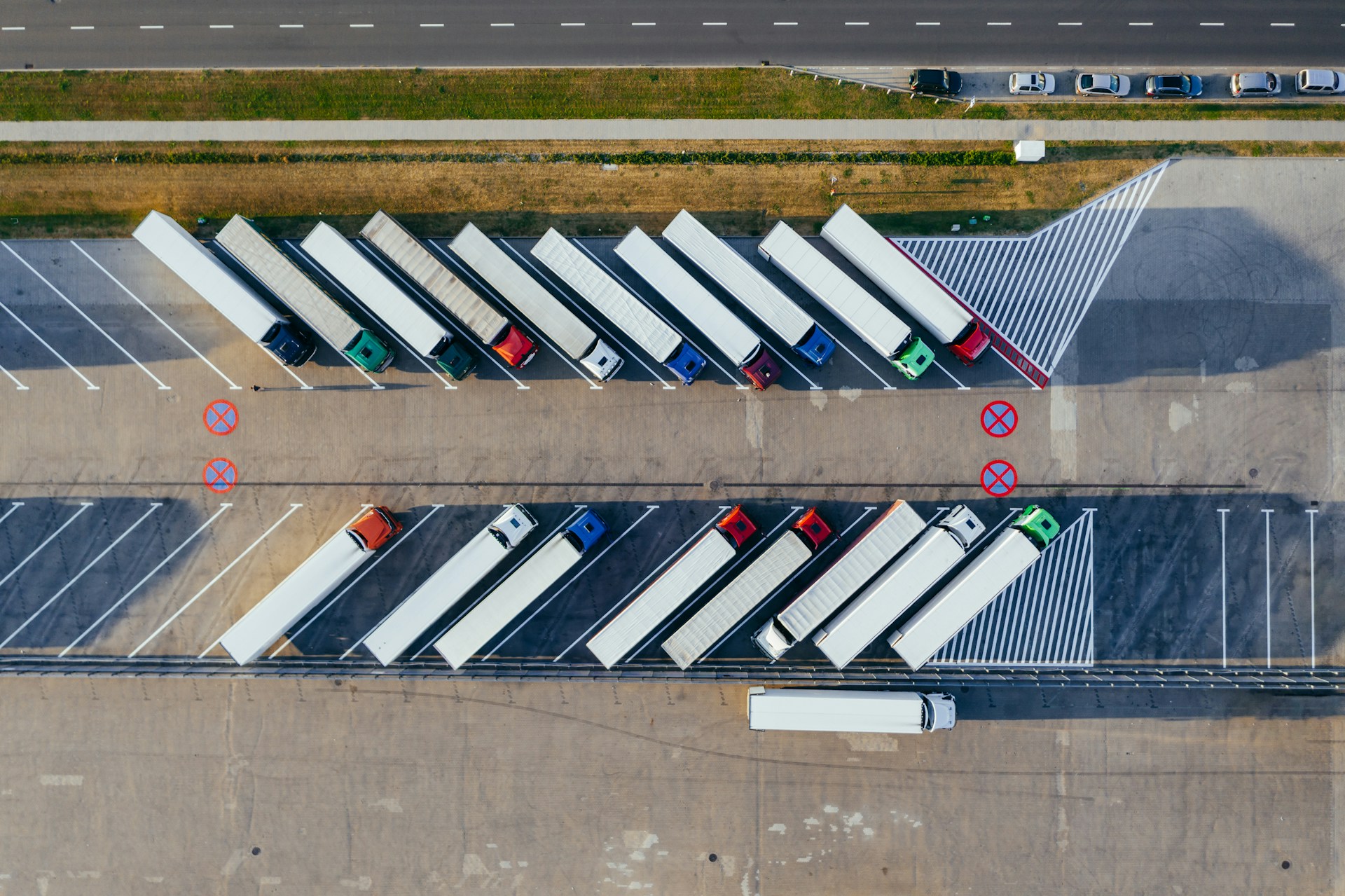
Carbon dispatched
19 July, 2024
The fact you can send a parcel to any of the UK’s 32 million homes and have it arrive the following day is, when you stop and think about it, something of a minor miracle.
Royal Mail, the biggest company in the UK’s postal market, processes around eight billion letters and around four billion parcels a year. Inevitably, the complex logistics that underpin this requires many vehicles, which consequently produce a large amount of GHG emissions. Royal Mail contributed 1.1 million tonnes of CO2e in FY22-23.
So decarbonisation is a priority, but one factor that makes it a little trickier is the Universal Service Obligation, which requires Royal Mail to deliver letters six days a week throughout the country for the same price, wherever they are going. With seas to overcome and remote inland areas to cover, Royal Mail has been using air transport to meet its obligations for daily and timely deliveries. These obligations are a current topic of discussion particularly given the pending sale of Royal Mail to Czech billionaire Daniel Kretinsky, though he maintains he’ll keep them, initially at least.
But in the meantime, the company has announced that it is dropping half of its domestic flight routes, largely in favour of road transport. This is estimated to reduce emissions by 30,000 tCO2eper year, as well as improve reliability where air deliveries are physically smaller and more affected by bad weather.
There’s a long way to go to meet Royal Mail’s target of reducing emissions per parcel from 218 gCO2e to 50gCO2e while meeting its service requirements. But this logistical decision is a positive step for delivering essential emissions reductions.
By Patrick Bapty
 Back to all friday 5
Back to all friday 5